As a coffee consumer, espresso symbolizes the ultimate goal of enhancing your morning cup. This intense coffee is made by pushing hot water through the finely ground coffee at pressures of at least nine to ten atmospheres (also known as “bars”). The end product is a short, powerful shot of coffee with a rich, intense flavor that can be consumed on its own or used to prepare your favorite café-style beverages (including an espresso martini).
A shot (or two) of espresso also benefits your health. According to research, drinking coffee daily can improve your mood and help your brain, heart, and thyroid health—partly due to the caffeine and the polyphenol chemicals in coffee. Coffee is the most abundant source of antioxidants in the American diet.
This is excellent news, mainly because home espresso machines have made decent espresso more accessible than ever. Some machines let you fine-tune each process stage, while others handle everything but drive out to buy coffee. However, you are not alone if you are still terrified of preparing your espresso.
“Even for the pros, espresso is finicky,” says Tony Dreyfuss, Metropolis Coffee Company’s co-founder and president. “It’s like a moody cat.” However, Dreyfuss believes this should not deter you from making your espresso home. “Don’t get discouraged if you don’t get it perfect every time. It’ll still be wonderful, and when you get the perfect shot, it’ll be much more fulfilling.”
So, are you ready to give up your coffee shop habit and enjoy the thrill of creating smooth, creamy espresso shots at home? Get ready to establish your coffee credentials! Discover which home espresso machines will allow you to perfect your talents while making you forget about your daily drive-through.
Our Top Picks
- Best espresso machine overall: DeLonghi espresso maker at Amazon
- Best Budget Espresso Machine: DeLonghi Stelosa Espresso Machine at Amazon
- Best Espresso Machine for Beginners: Breville Bambino Plus Espresso Machine at Amazon
- Best Ultra-Automatic Espresso Machine: Breville Barista Express Impress at Amazon
- Best Espresso Machine Design: SMEG Fully Automatic Medium Coffee Machine at Amazon
Best Overall Espresso Machine
De’Longhi Espresso Maker
What we like: This machine was straightforward and regularly produced great espresso shots.
What to know: This machine may be too automatic if you love tamping your grinds and frothing your milk.
The De’Longhi Magnifica simplifies, creating an excellent espresso shot or drink. As a super-automatic type, this machine includes a built-in burr grinder that eliminates the guesswork in attaining the ideal grounds-to-water ratio. The enormous reservoir provides a consistent water supply, and the control panel has seven one-touch recipes for anything from espresso to iced coffee. If you’re using milk, pour it into the little pitcher, and the steam wand will heat and froth it according to one of the recipe presets.
Despite the intricacy of its operations, we found the De’Longhi’s setup to be relatively simple, and we were impressed with the machine’s ability to produce a well-made cup of coffee with no effort. The machine conducts all of the tamping for you and produces solid, homogeneous coffee pucks during our tests. We appreciated creating a cappuccino or latte with the touch of a button; this machine is so automated that the appropriate amount of milk or foam is dispensed automatically, eliminating the need for manual foaming. We particularly like the MyLatte function, which lets us save our favorite coffee combinations for future use.
The Magnifico is simple to clean since most pieces are detachable for a fast hand wash. This gadget, however, requires considerable counter space and weighs a heavy 21 pounds. Still, if you’d generally devote kitchen space to a burr grinder or a milk frother, having all of these products in one machine may be more handy. This machine is an excellent choice for making high-quality espresso quickly and smoothly.
- Dimensions: 9.45”W x 17.32”D x 14.17”H
- Weight: 21.16 lbs
- Beans Container Capacity: 8.8 oz
- Accessories: Stainless steel milk jug, a steam wand cleaning tool, cleaning disc, and brush
Best Budget Espresso Machine
De’Longhi Stilosa Espresso Machine
This model is ideal for beginners who want to learn about making espresso at home without spending much money.
What to know: The settings are not as straightforward as those in other models, so this machine may require some experience.
The De’Longhi Stilosa is a manual machine that costs less than $100 and gives you total control over your espresso-making experience. This type has no presets; instead, a dial on the front of the machine controls the group head (the component of the machine that distributes water through the portafilter basket, which contains the coffee grinds). A button on the side controls the steam wand. Because of its simplistic appearance, this machine is simple to clean, and the steam wand includes a water stream purge option to assist you in eliminating any milk residue.
It took some work, but we finally got this one right. The steam wand is a little fussy, and our first few tries resulted in overaerated milk. It also took us a few tries to get an espresso shot we were happy with. But once we discovered that perfect spot, the Stilosa delivered a powerful shot with a coating of crema to make any barista proud. If you’re willing to practice, this machine can teach you much about espresso without costing you money.
- Dimensions: 13.5”D x 8.07”W x 11.22”H
- Weight: 9.48 lbs
- Beans Container Capacity: n/a
- Accessories: Measuring scoop and tamper single and double pod filter
Best Espresso Machine for Beginners
Breville Bambino Plus Espresso Machine
What we like: This machine is tiny, cheap, and creates exceptional milk froth.
What to know: The Breville lacks a built-in grinder, so you must bring your own if you want the freshest grind.
The Breville Bambino Plus has a lot going for it, beginning with its relatively small weight (a little over 3 pounds) and an interface that we found simple to operate. The presets let you select between a single and double espresso, as well as the milk microfoam level and temperature. While the Breville was simple to set up and disassemble for cleaning, the steaming wand took some skill to keep dried milk from clogging the device (which is why the manufacturer suggests cleaning soon after use).
While this machine lacks a built-in grinder or tamper, those who want a more hands-on experience will like the increased control over their espresso shots. It also generated the highest quality milk froth and foam of any machine we tested.
We were pleased with how simple this machine was to operate. While the handbook is thorough, the extra material was educational rather than excessive. It taught us how to use the machine and provided valuable tips on foaming milk and descaling. Wethe Breville is an excellent pick for novices looking to refine their espresso shots.
- Dimensions: 7.7”W x 12.6”D x 12.2”H
- Weight: 3.1 lbs
- Beans Container Capacity: n/a
- Accessories: Tamper, precision dosing tool, cleaning tool and disc
Best Super-Automatic Espresso Machine
Breville Barista Express Impress
Our favorite feature of this machine is its ability to learn and replicate the ideal ratio.
What to know: While the built-in tamper is helpful, hand tamping produces the finest espresso.
If you want a machine that can do it all, the Breville Barista Express Impress is the perfect choice. This machine grinds, tamps, extracts, and steams, and its internal heating system keeps your water at an ideal 200°F for maximum taste. The bean hopper contains 8 ounces of coffee beans, while the 67.6-ounce reservoir holds enough water. The machine’s grinder also has 25 various settings, allowing you to customize to your liking.
We were particularly impressed with the machine’s capacity to “learn” from past dose and tamp settings during testing. If we discovered we had used too much coffee, the machine would adjust adequately (and the display would alert you if you have overfilled the tamper). We found that both setup and cleanup were simple, and the milk frother generated great microfoam. We’ll admit that it took us a bit to get used to this machine; the automated tamper works excellently, but we got fantastic results by manually tamping our grounds.
- Dimensions: 12.9”D x 14.9”W x 16.1”H
- Weight: 14.3 lbs
- Beans Container Capacity: 8.8 oz
- Accessories: Built-in grinder, stainless steel milk jug, cleaning disc and brush, cleaning tablets, descale powder
Best Espresso Machine Design
SMEG Medium Fully-Automatic Coffee Machine
What we like: This machine allows you to produce six distinct varieties of coffee from start to finish with a single button.
What to know: This machine only makes single espresso shots, so double-shot enthusiasts will have to go elsewhere.
The Smeg Automatic was our favorite for its sheer simplicity of use, second only to having someone else make it. This machine grinds and tamps your coffee based on the drink you choose. You may select between two strengths of espresso or ristretto (a more minor, more concentrated form of espresso), coffee, or hot water. A wand located immediately to the side of the group head steams your milk or replacement. Everything is entirely self-contained, giving this machine an immaculate, basic appearance, and it takes up no more room than your average coffee maker.
During testing, we achieved creamy, well-balanced shots with little experience. This machine was highly consistent and would be simple for even a beginner home barista to operate. When we used the steam wand to make a test cappuccino, it generated a creamy foam with a dense bubble structure that did not deflate in our cup. The one possible disadvantage is how automatic this machine is; if you’re accustomed to tamping your shots or experimenting with different grinds, you’ll have much free time. Also, there is no option for a double shot of espresso. Thus, you can only draw single shots from this machine.
- Dimensions: 13.25”D x 7”W x 17”H
- Weight: 11 lbs
- Beans Container Capacity: 5.3 oz
- Accessories: Cleaning brush, water hardness test strip, steam wand cleaning needle
The Bottom Line: The Best Espresso Machine
During our testing, we were particularly impressed by the De’Longhi Magnifica Evo with Milk Frother (see on Amazon); it’s simple to use and contains everything you need in one machine to produce a great-tasting espresso. However, the Breville Bambino Plus (view on Amazon) is a formidable challenger, providing an outstanding espresso-making experience at lower prices.
Choosing an Espresso Machine
Do You Want the Machine to Do All the Work?
Espresso machines have three levels of automation: manual, semi-automatic, and super-automatic. Your option depends on how involved you want to be in espresso-making.
Manual espresso machines provide total control over the brewing process. You pump the water into the brewing chamber yourself using a lever. While there is a learning curve, the hands-on approach allows you to understand the intricacies of the equipment and the espresso itself. It will enable you to experiment with how you mill your coffee beans. Your reward is knowing how to fine-tune the various variables to make an espresso shot that suits your preferences.
On the other end of the scale are super-automatic machines, which simplify your espresso experience at the touch of a button. These machines are great if you value convenience, as they automatically handle the grinding, tamping, and brewing. However, you lose the opportunity to experiment with variables like your water-to-grind ratio.
Semi-automatic espresso machines achieve a compromise between the two alternatives, allowing you to control some components of the machine while automating others. For example, you’ll need to grind and tamp your coffee beans, but these machines don’t demand the same degree of knowledge as manual espresso machines.
Consistent Performance Matters
Another consideration is the consistency with which an espresso machine makes shots. The grind size, tamping pressure, and water temperature must all be uniform to extract the flavors trapped inside the coffee grounds. Depending on its amount of automation, an espresso machine should be able to create consistent water temperatures and extraction pressures, allowing you to replicate quality espresso shots.
Is Your Espresso Machine Hard to Clean?
This feature is essential as it is practical; over time, oils from coffee and residual muck from milk can accumulate in your machine. Many machines feature a purging function to avoid this accumulation, but it’s always preferable to perform a thorough cleaning as often as the manufacturer suggests.
While many machines come with descalers and brushes, Dreyfuss strongly advises purchasing a decent cleaning kit if your machine does not have them. After all, your barista abilities and coffee quality are nothing if your equipment doesn’t function correctly. “Even for residential customers who just use it a few times each week, it really adds up. [The accumulation] can become rancid, or it can just make the way the water flows out ineffective or inconsistent,” Dreyfuss explains.
Is Space a Factor?
Finally, design and function are crucial considerations when selecting an espresso machine. Do you like straightforward controls or have a kitchen with limited counter space? Is it necessary to have a built-in grinder to conserve space, or do you have a separate coffee station with your espresso machine displayed? All of these considerations should influence your judgment before making a purchase.
Our Espresso Machine Tests
We evaluated 20 different home espresso machines to see which merited a position on our list. We scored each machine based on its ease of setup, cleaning, and performance. We evaluated how well machines with built-in grinding or tamping systems accomplished these duties. If a machine had a built-in milk frother, we evaluated how effectively it heated the milk and the final texture of the milk and microfoam.
We carefully monitored each extraction to determine each machine’s espresso quality. We ran five shots on each machine to assess the quality of the espresso generated by each model. Finally, we evaluated each shot based on crema, body, and flavor to determine which models produced remarkable espresso.
We Also Considered
KitchenAid Semi-Automatic Espresso Machine ($230 at Amazon): This model produced good espresso shots and was generally well-built, but we found the steam wand challenging to operate, and the wand’s fixed location made it difficult to move the milk pitcher.
Cuisinart Espresso Maker Machine ($200 on Amazon): This machine’s performance surpassed its low price. However, the uneven water flow produced inconsistent results during testing, and the Breville Bambino Plus (see Amazon) pushed it out of contention.
Miele CM 5310 Silence Coffee Maker and Espresso Machine ($1,746 on Amazon): This super-automatic device handles the grinding and tamping for you, and we were pleased with the outcome. However, our favorite overall (the De’Longhi Magnifica, available on Amazon) performed comparably for almost half the price.
Common Questions
Can I make espresso without a machine?
Technically, espresso is a concentrated coffee made by forcing hot water through finely-ground coffee beans under high pressure. The force required is between nine and ten atmospheres of pressure (also known as bars), which cannot be achieved without a machine. However, just because your coffee isn’t an authentic espresso doesn’t mean you can’t produce a tasty substitute. An Aeropress can replicate the concentrated flavor of an espresso, and a milk frother may help you make milk-based beverages like lattes.
How do I make a good shot of espresso?
In one word? Practice! Dreyfuss suggests getting to know your espresso machine before pulling your first shot. “It’s like when you learn to drive,” Dreyfuss explains. “You learn in the mall’s parking lot. It would help if you did the same with your espresso machine. He also suggests watching videos to help you adjust to the procedure. But when you’re ready, Dreyfuss offers a few ideas for brewing espresso on a manual machine like a professional barista.
- Before you begin, ensure that the portafilter (the device with a handle into which your espresso machine pumps water) is in place and hot.
- Take it out and clean the basket’s interior (where the coffee grinds are stored) with a dry cloth.
- Place 14 to 18 grams of very finely ground coffee in your order. Spread it evenly across the basket, ensuring it is level and filled on all sides.
- Use your tamper to tamp straight down with 30 pounds of pressure. It’s challenging but not impossible.
- Wipe the rim of the portafilter basket with your hand to remove any loose particles.
- Dispense a few ounces of hot water from the machine, then insert the portafilter. Put your prepared espresso cup beneath the spouts and immediately start the shot.
- You need 1.5 to 2.5 ounces of espresso in 20 to 30 seconds. You’ve done great if 1/3 to 1/4 of the shot is rich, silky crema!
- Try a finer grind if it flows much quicker than 1.5 to 2.5 ounces in 20 seconds. If it takes more than 30 seconds, try a coarser grind.
How do I clean an espresso machine?
Regular cleaning is essential for preventing the development of coffee oils and debris, which can influence the flavor of your espresso. Begin by purging the steam wand of any milk residue, then remove and clean the drip tray and water reservoir. Clean detachable pieces such as portafilters and baskets promptly after use to prevent coffee grounds from clinging to them.
You should thoroughly clean regularly to keep your equipment in good working order. This often entails descaling your machine to remove mineral deposits caused by hard water. Use the manufacturer’s suggested descaling solution and follow the directions. Backflushing into an empty basket with a specific cleaning chemical also helps to remove coffee oils that might collect in the group head. Finally, cleaning the outside with a wet cloth (paying particular attention to any nooks or crannies where grinds or moisture might gather) can assist your espresso machine in continuing to produce high-quality coffee.
How much caffeine is in a shot of espresso?
A conventional shot of espresso weighs roughly one fluid ounce and contains about 63 milligrams of caffeine. (1) Caffeine content may vary depending on coffee bean variety, grind size, and brewing duration. Despite being a solid kind of coffee, a shot of espresso typically contains less caffeine than a standard cup of drip coffee.
How many shots of espresso is too much?
Aside from being a tasty way for most of us to start the day, coffee offers several health advantages. Of course, too much of anything can have negative consequences. Everyone is different, but you should limit caffeine intake if symptoms include uneasiness, nausea, headaches, or an erratic heartbeat. After all, coffee is supposed to be a positive experience, not a negative one!
Our Trusted Expertise
For this piece, we hired a team of testers to put 20 various home espresso machines to the test. Our team’s skills ranged from veteran baristas to espresso newbies. Katie Tuttle, our writer, is a culinary editor who has written for magazines including Culinary & Wine and The Spruce Eats. She took part in the espresso machine testing and utilized her expertise to gather and evaluate the data. She also sought extra advice from Tony Dreyfuss, co-founder and co-president of Metropolis Coffee Company, who provided vital insights into coffee’s general world and espresso.
Kayleigh Drake, a former full-time baker and current EatHealthyisGood commerce editor, edited this piece and contributed to Food & Wine, The Spruce Eats, and Simply Recipes.

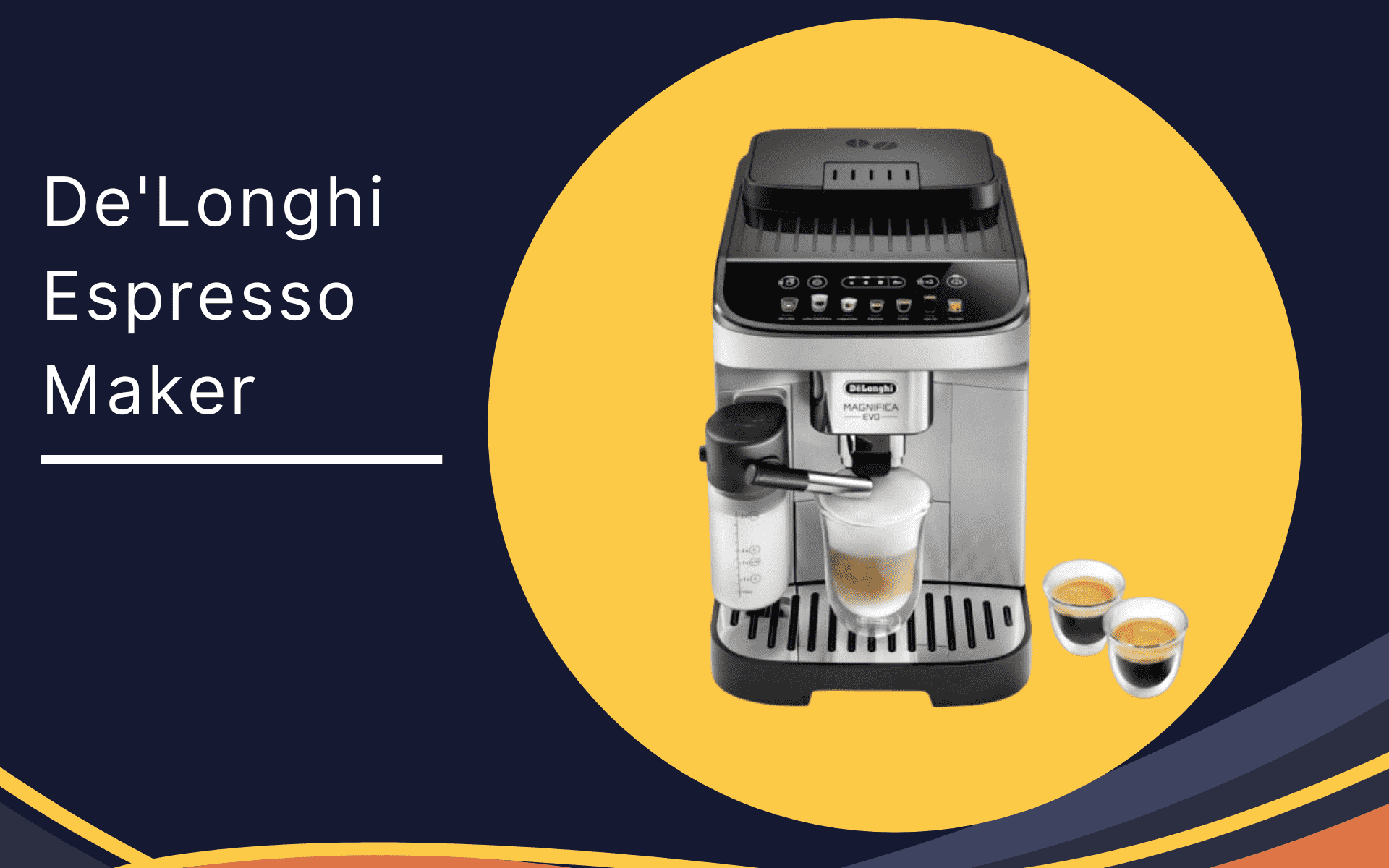

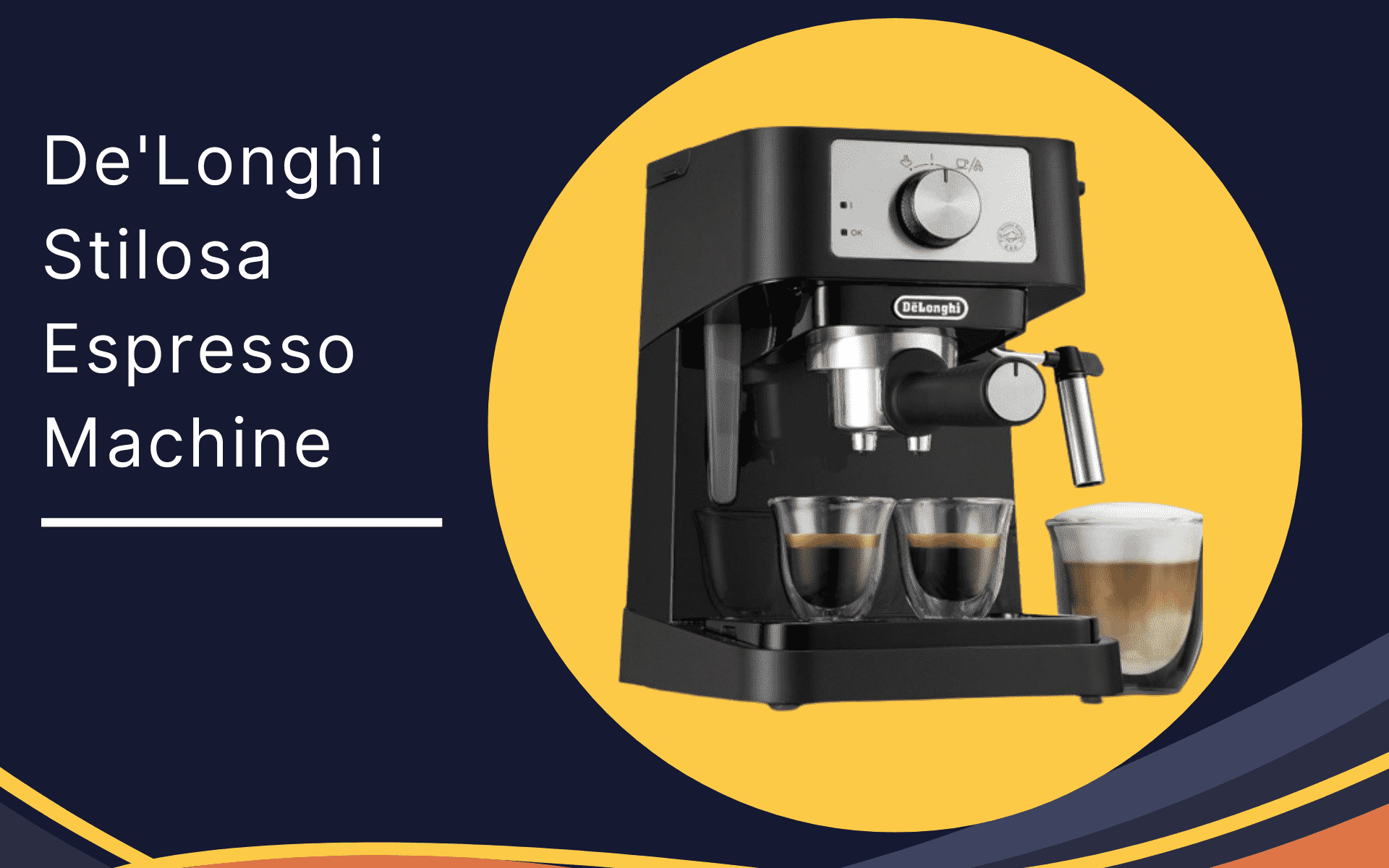
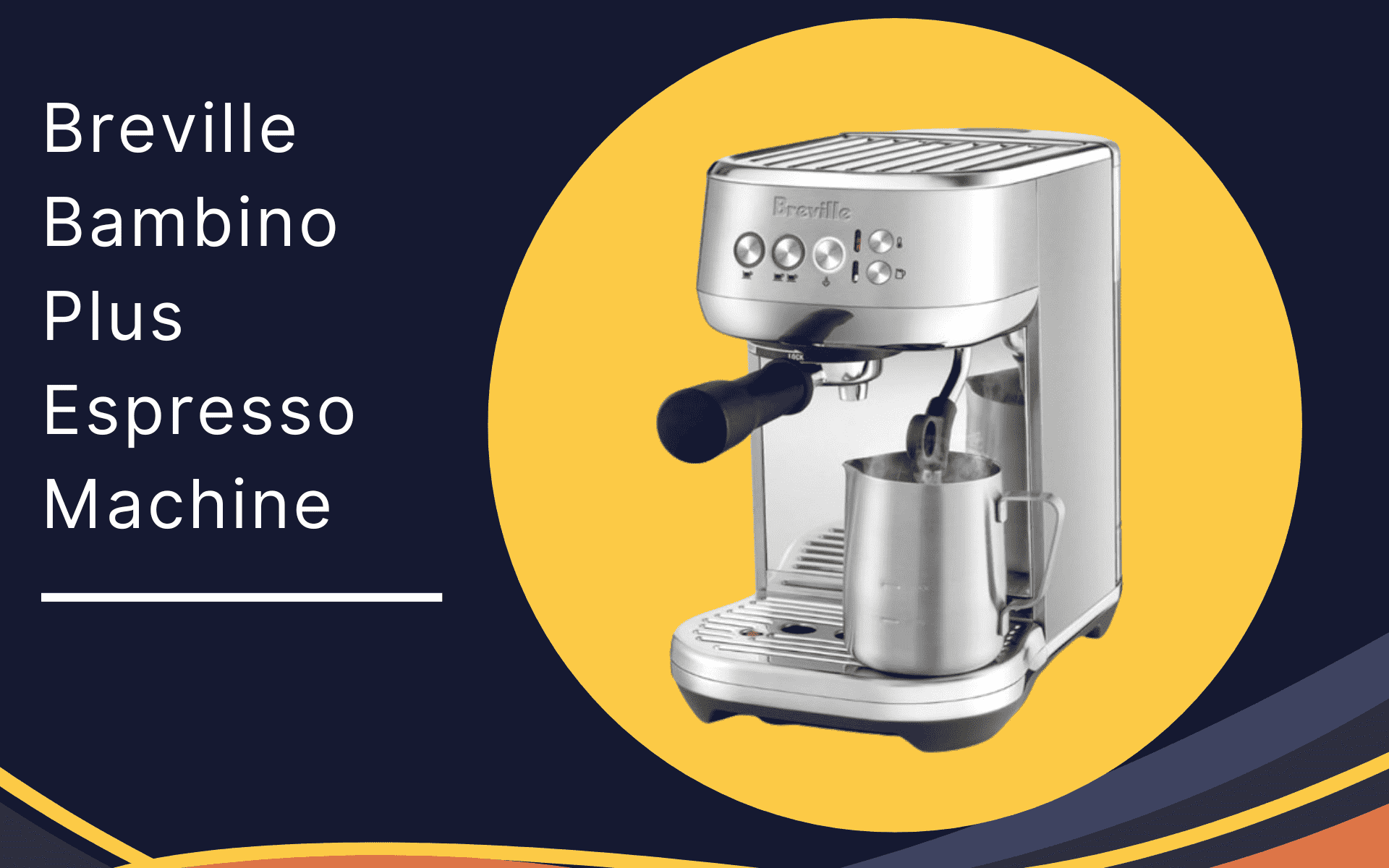
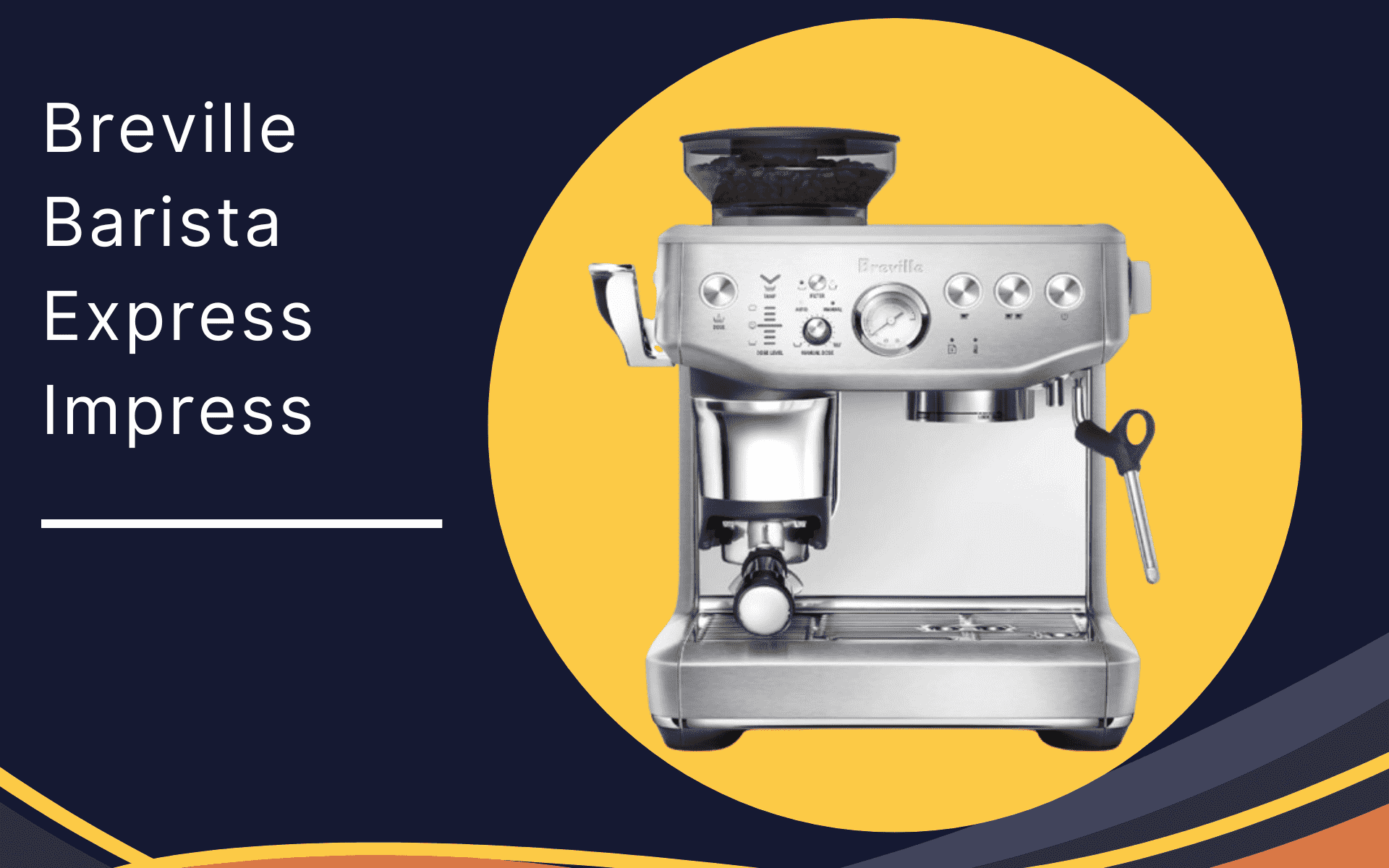
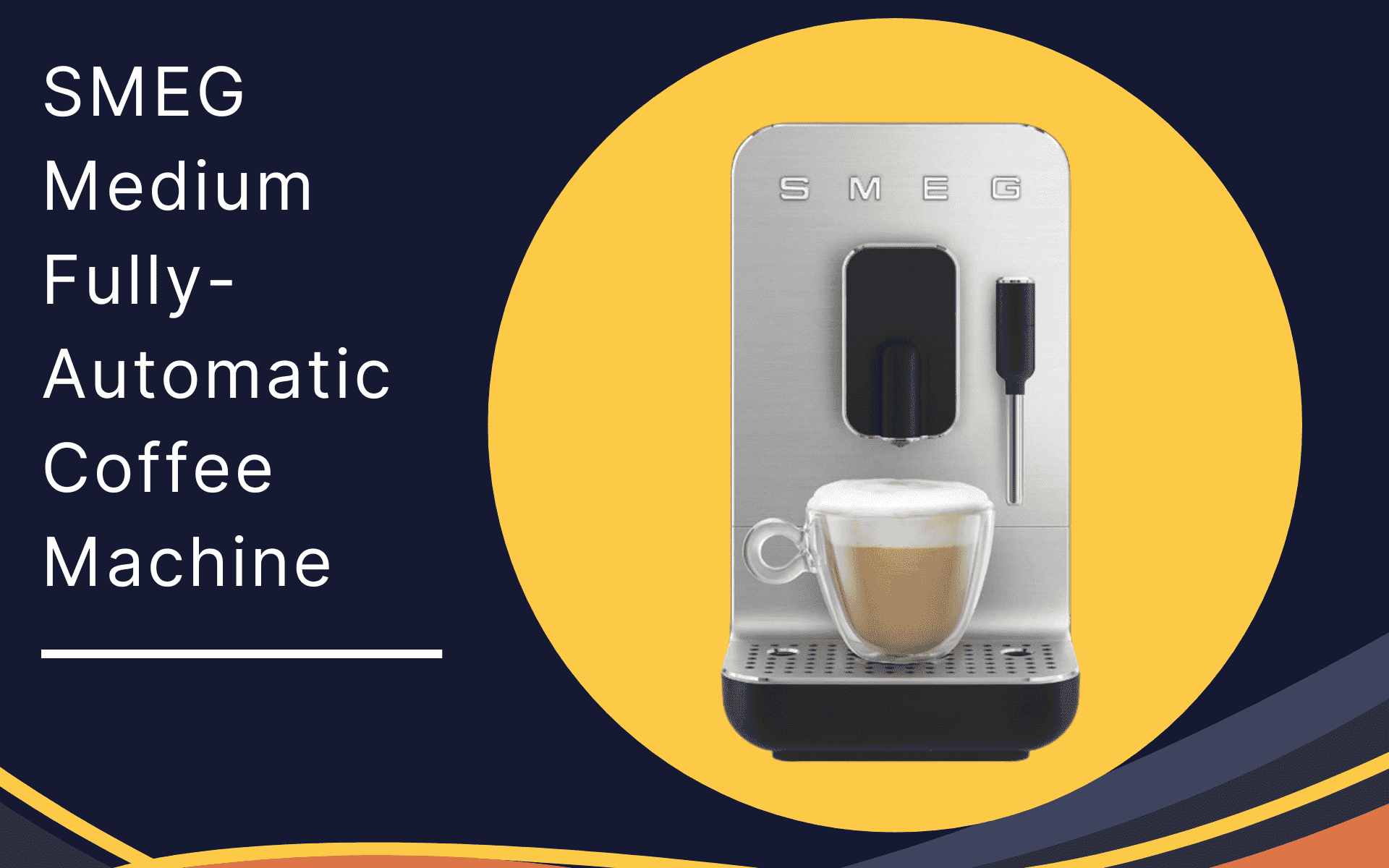


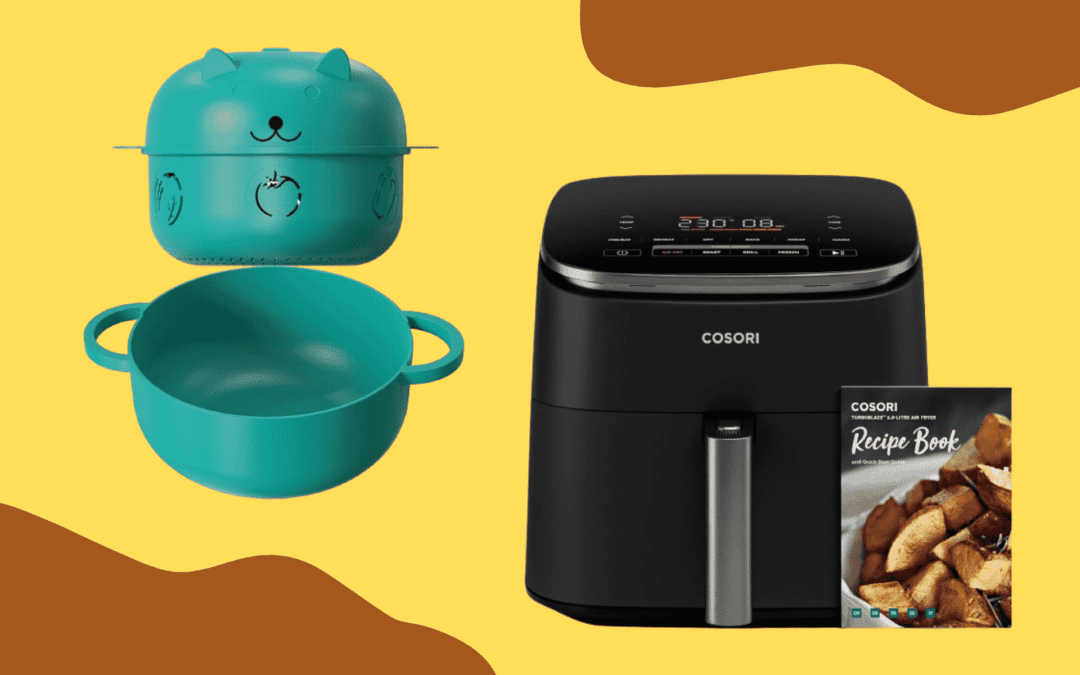



0 Comments